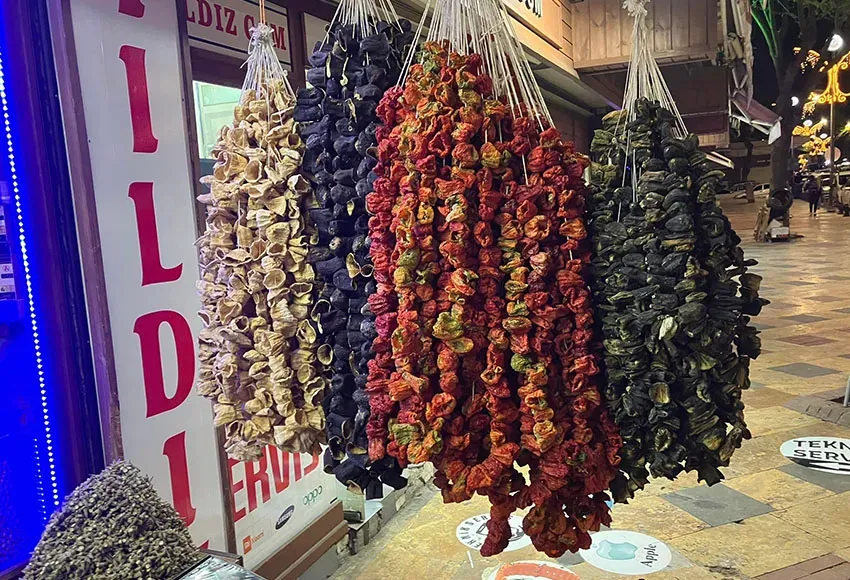I fell in love in Turkey with a Kurdish man three-quarters my height but, like so many Turks, solid as a bull. We met in Istanbul – "the city of the world's desire" – which is so far away from anything American or even Western European.
Raucous, 24/7 Istanbul straddles two continents, Europe and Asia, which is not surprising given that the city covers some 2,000 square miles. Compared with Seattle's 6,300-square-mile metro area, you might think, "No big deal." But there is another factor: people. Whereas Seattle and vicinity is home to just over 4 million residents, Istanbul, with one quarter the space, crams in over 15 million.
And somehow – well, it wasn't a big mystery: Grindr! – Afran and I found each other.
Although Afran works most of the year in Istanbul and the resort town of Marmaris on the Turkish Rivera during the summer, his family maintains a large farm in a tiny village outside Şanliurfa, a smaller city in eastern Turkey. Raising many tourists' anxiety but also piquing my own sense of adventure, it lies closer to the more dangerous borders of Syria, Iran, and Iraq than it does to insane but safe Istanbul almost 800 miles northwest. Turkey is a big country. (Just around the proverbial corner from Şanliurfa, to my immense pleasure, is the city of Batman – I kid you not, but that is neither here nor there.)
Being Queer in Turkey
Outside of Istanbul, and even in most parts of that great city, Turkey is not a place to outwardly celebrate queerness. The culture is so different from ours in the US that it took me a while to realize that the status we take for granted in the West – although in 2024's political climate, all of us seem to be at risk – is just not a reality in so many places around the world.
That does not mean that Queer Turks aren't happy or don't feel free. Different values and different norms create different best-case scenarios. In Afran's case, it is not possible for him to talk openly with his family or his Şanliurfa community about his sexual orientation. It's just not done – but also, a general community respect of privacy allows him to live unfettered by nosy questions about his private life. Far more freedom is afforded him in Istanbul and also in Marmaris, both influenced by international tourism, but he's not unhappy, and he is loved by his family.
Afran and I never displayed any romantic affection while in public, but we did walk arm in arm. "What?!" you might ask. Well, in Turkey it is very common for men of all ages to walk together holding hands or one with his arm around the other one's shoulder. This happens between older folks, among teenagers, between a son and his father, or maybe a grandfather being led lovingly down the street by his stronger and more capable grandson. America and Western Europe could take a good lesson from this practice. It would make men happier to be able to support one another physically and to demonstrate their platonic affection.
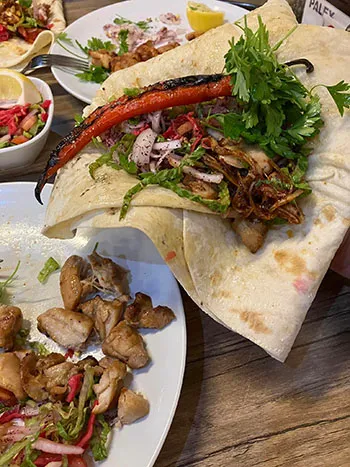
A visit to Şanliurfa
Afran and I left Istanbul to spend a week in Şanliurfa, and I was changed for life. The city, founded in 303 BCE (can you imagine what something 23 centuries old feels like?), is provincial and proud, majorly conservative and not at all international, like bustling Istanbul. Tourists are an unusual sight. In fact, over and over again at no-frills tiny restaurants (more like home kitchens), as we dined on grilled, spiced chicken or lamb skewers and roasted peppers, onions, and tomatoes blackened on a bed of hot coals, along with bulghur salad and hot kelane flatbread, the waiter would invariably speak quietly to Afran while eyeing me and whisper in Turkish, "What is he doing here?"
But in my mind, as our appetizer was set before us, the bigger question was, "What is this stuff?" Turns out it was çiğ köfte, a famous local dish made with raw beef or lamb minced into a paste with onions and spices and served at room temperature. I was not excited, but believing the adage "when in Şanliurfa...," I scooped some up in a lettuce leaf and well, it was okay. I'm not making it at home though!
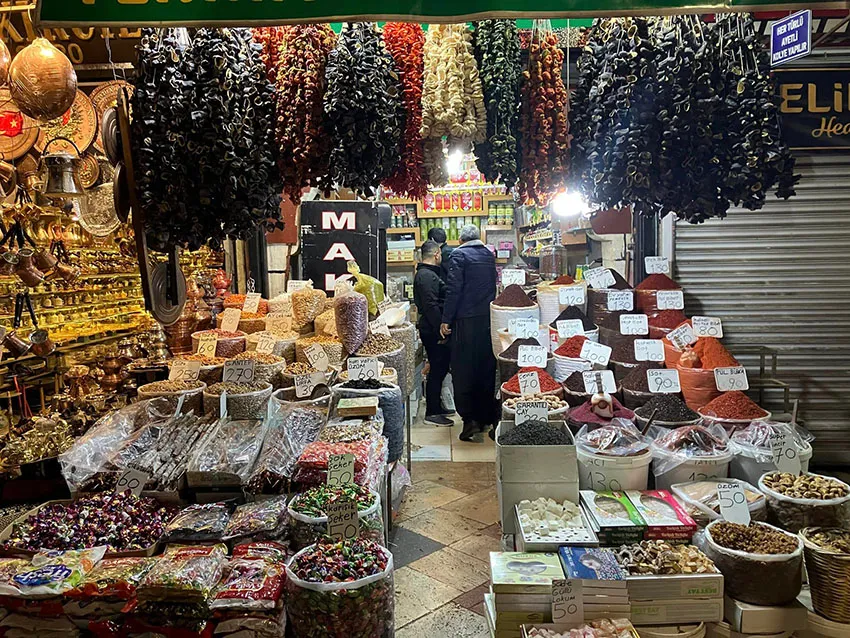
Afran loves Şanliurfa and showed me why. Along with its gentle people – many dressed in traditional dark top coats meeting drop-crotch pants reminiscent of MC Hammer (but not as flashy) – it features ancient buildings, winding alleyways, and bustling marketplaces that are active from dawn until long into the night.
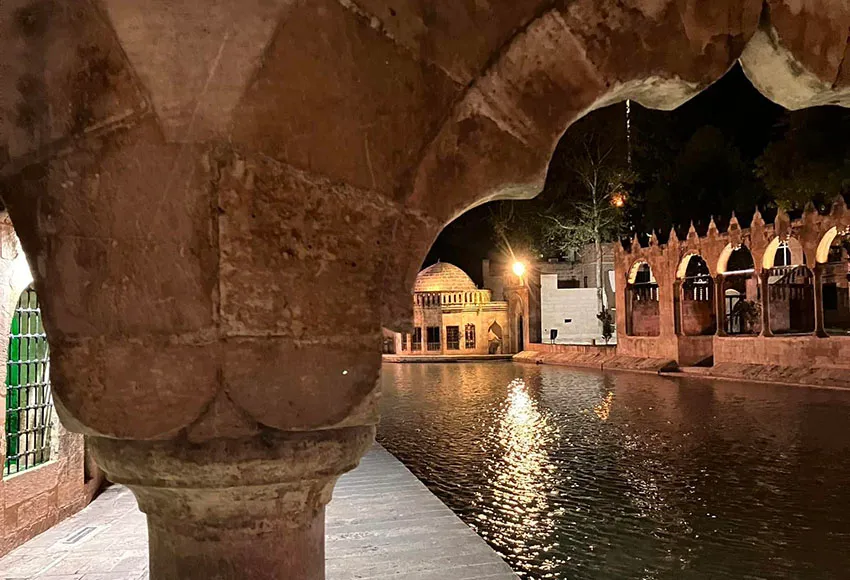
In the center of town, however, lies the inner-city sanctum of Balikligöl (The Pool of Sacred Fish), where the Biblical Abraham is said to have been strung up on a fiery pyre by Nimrod (grandson of Noah). However, God changed the firewood into water and the flames into the carp that today swim in the pool (built in 1211 CE), thus saving Abraham and creating this must-see site.
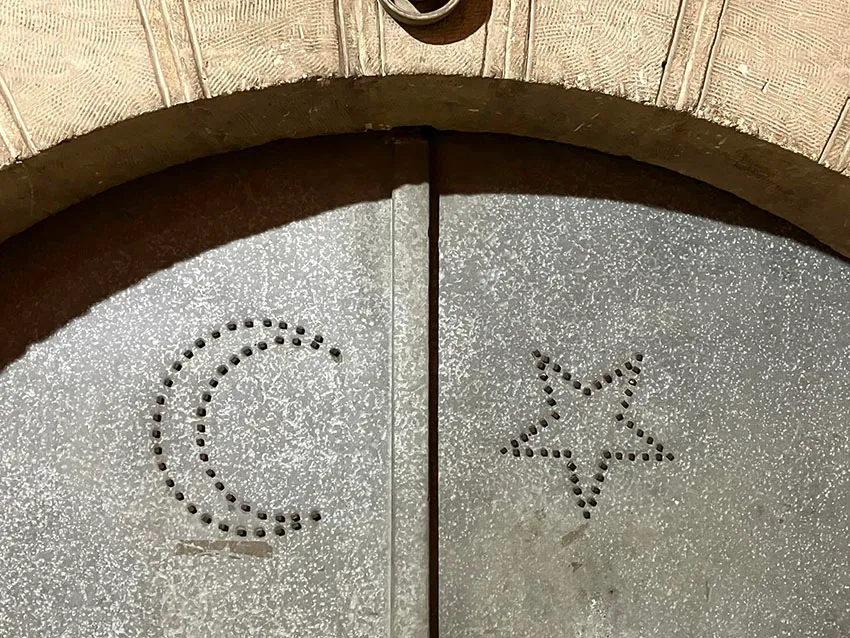
Surrounding the pool are ornate arches and three domes demanding your attention, part of the Rizvaniye Mosque. We visited it late one day. The sun cast long shadows and caught on the scales of the carp as they swam near us – perhaps sensing another imminent fiery demise or, more likely, because they know that most tourists buy a cup of fish food from the vendor nearby.
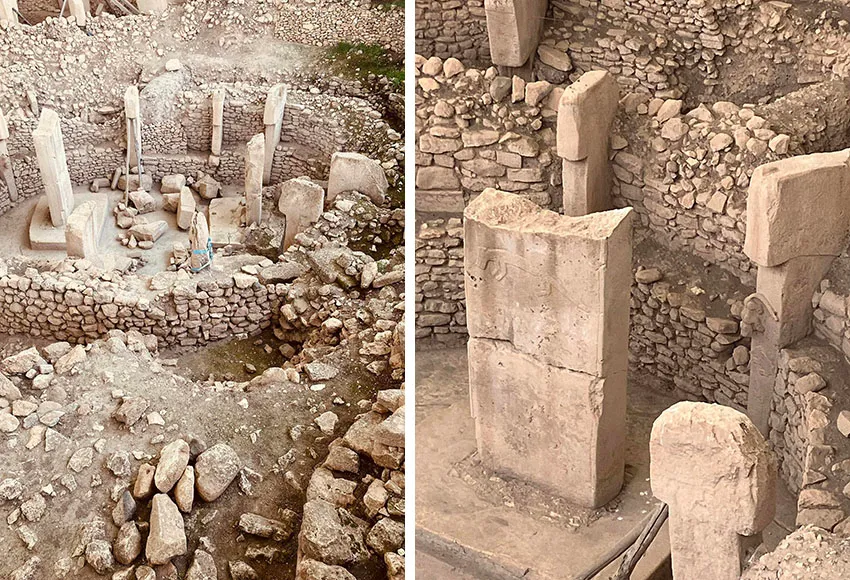
Looking back in time
Afran surprised me the next day and got us on a rickety old bus leaving from a parking lot, Şanliurfa's bus station. He didn't tell me where we were going, and there were only two other passengers. An hour later, after rolling up and down country roads surrounded by pistachio trees and limestone quarries, long after the other two riders had left us, I caught sight of a huge white flying saucer resting on the horizon. It turned out to be the roof of the modern exhibition and educational center for Göbekli Tepe, a Stone Age sanctuary built sometime in the tenth millennium BCE. That's 12,000 years ago!
The site itself is a hodgepodge of fascinating architectural remains, including what are believed to be the world's oldest megaliths adorned with drawings of long-necked cranes and hefty boars. The pale orange stone structures are surrounded by a circular platform that allows viewing from all sides. I fell into a meditative state as I took in this expression of human existence from such an unimaginably long time ago.
Before our bus ride back to Şanliurfa, we toured the visitors' center, learned about the site, and enjoyed an amazing immersive projection experience called "Zero Point in Time," referring to Göbekli Tepe being the earliest site of human settlement discovered to date.
Our bus ride back to Şanliurfa was contemplative for me. I've been around for what seems like a long time. Afran and I spent so many hours chatting across the distance between us and as many hours as we could when visits brought us together. But after being at the site of the beginning of recorded history, I realized just how insignificant my long and seemingly complicated journey has been – a blip in time with respect to millennia of human presence on earth.
I wonder how we kikied back then, when Queer art was drawn in caves and Pride signs were surely etched into tablets of stone. I was happy I'd seen the site, but also happy to return to the bustling streets of Istanbul, where Afran and I, far from his hometown, enjoyed Turkish coffees and baklava, our knees pressed together under a café table.


